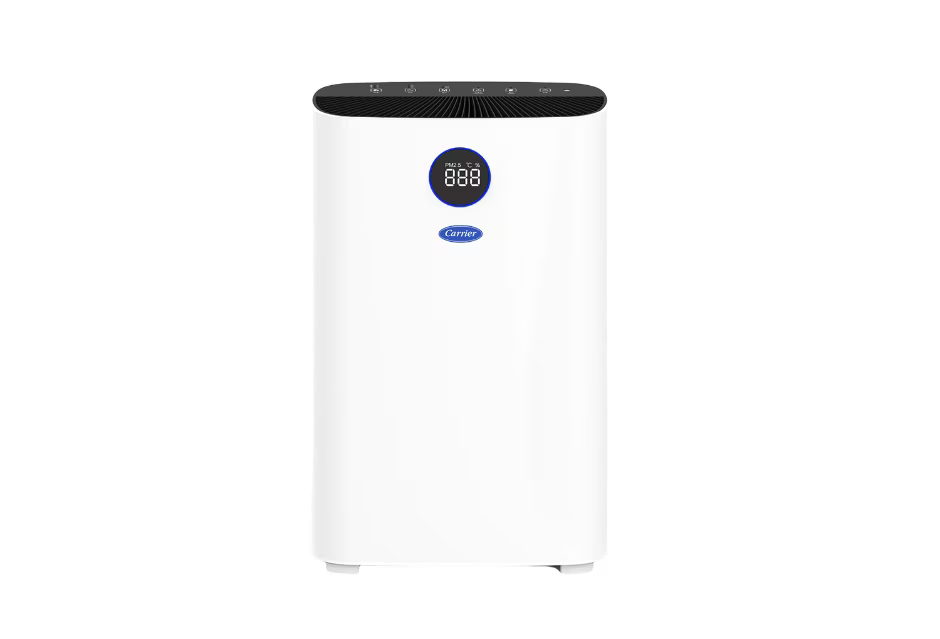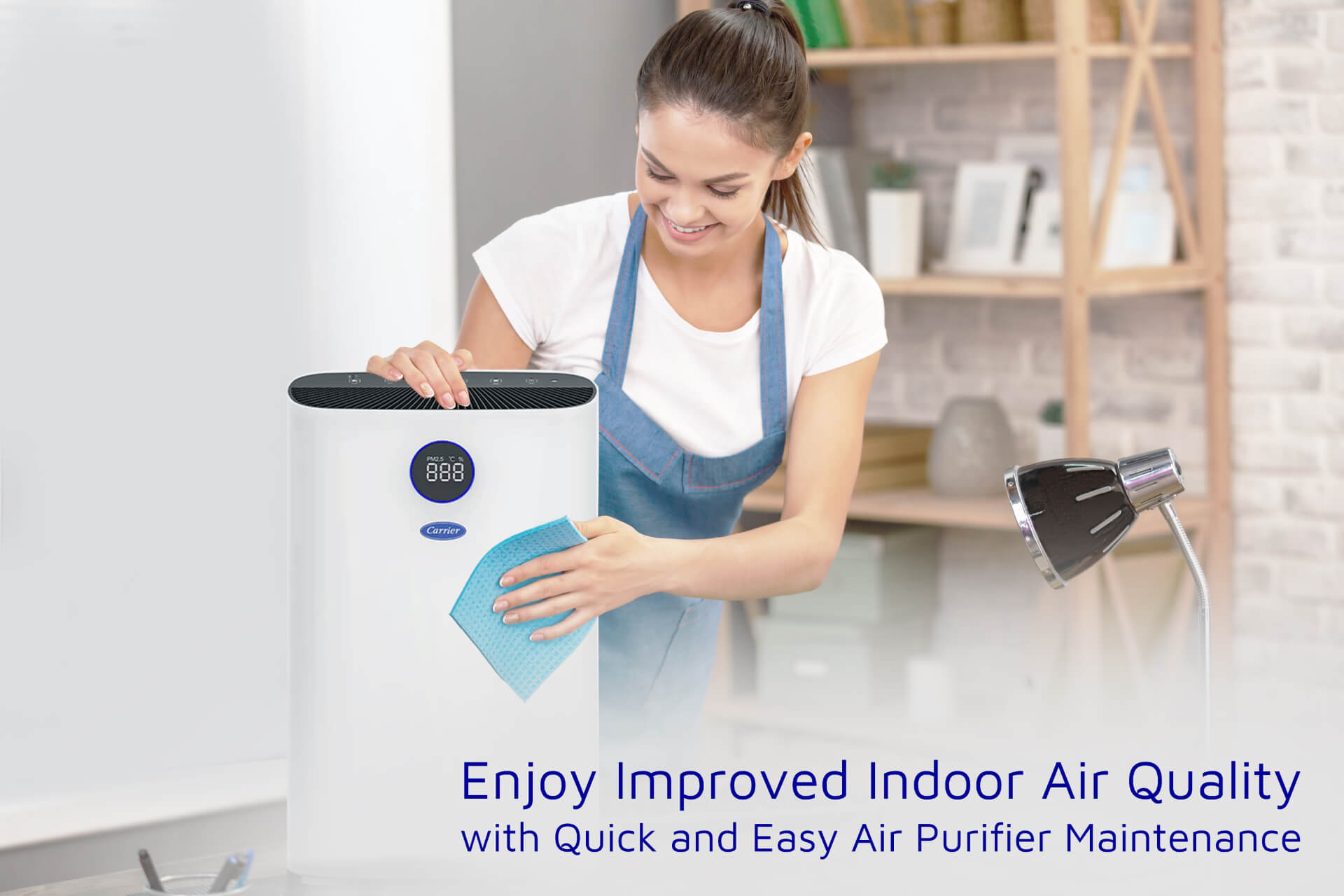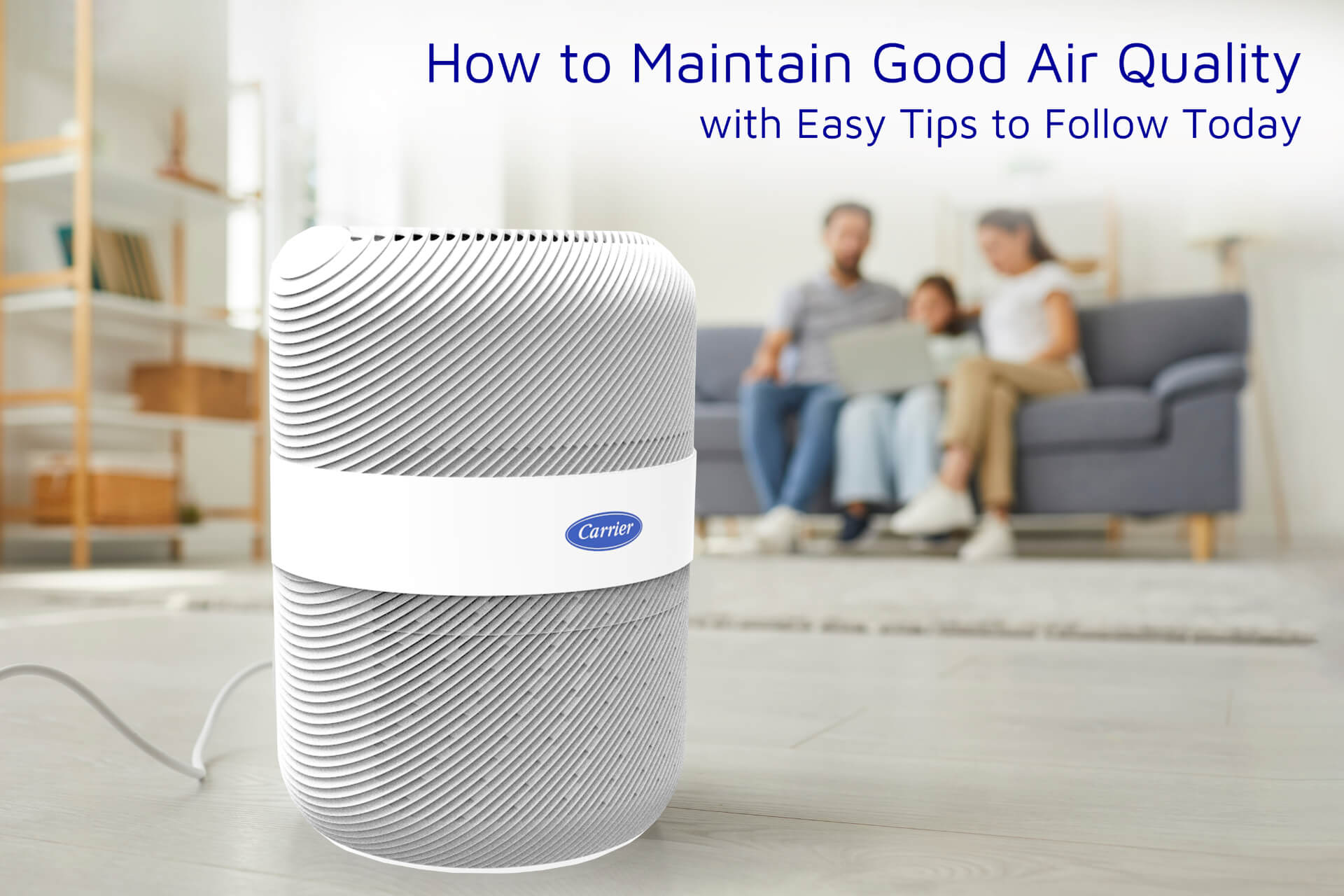Maybe you’ve heard a story from a friend about how they’ve gotten the best sleep in ages after they’ve gotten an air purifier at home. Perhaps they raved about how refreshing it is to breathe again, or how it makes their home feel safer. Whatever the story, you now want an air purifier for yourself.
Completely understandable.
After all, air purifiers have been steadily growing more popular over the years. Even before Covid 19 decided to grace our world with a contagious disease that can be spread through the air, researchers had already determined that the worsening quality of indoor air was becoming a serious problem.
This is because air pollution as we know it isn’t limited to the visible exhaust of cars, factory smoke stacks, and generators. Unassuming microscopic particles and gasses also contribute to air pollution. Open your windows, and air pollution can come in. Keep them closed, and the air will stagnate AND you’ll still have air pollution.
That’s because indoor air can host particles or debris such as dust, pet dander, mold, and dust mites that can trigger allergic reactions.

Air quality can also be compromised by cooking, sending oil and fat particulates into the air. And fumes from aerosol sprays, disinfectants, and other household chemicals can damage the lungs.
Basically, there are a lot of reasons to get an air purifier. The top one on everyone’s list is simply wanting to get fresh air. Who can argue with that?
In this article, we’ll try to explain in simple terms what air purifiers are and the types of air purifiers you can choose from, should you want one for yourself.












